Dupa plasarea solicitării de comandă, in sectiunea Istoric puteti vedea cate solicitări de comandă mai avem de procesat inaintea dumneavoastra
Program de lucru: Luni - Vineri 9:00 - 18:00, pauza 13:00 - 14:00.
Se efectueaza lucrari de mentenanta la site si pot aparea erori. In cazul in care intampinati erori va rugam sa reincercati mai tarziu.
Ridicarea personala este disponibila pentru comenzile achitate in avans. Se pot ridica dupa ce sunt pregatite.
Niciun produs
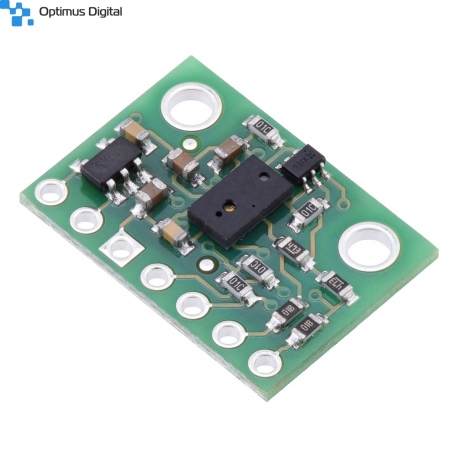 Mărește
Mărește
Senzor de Distanta Bazat pe Viteza Luminii VL6180X cu Stabilizator de Tensiune
0104110000010193
Produs nou
Senzor de distanță bazat pe viteza luminii VL6180X cu stabilizator de tensiune potrivit pentru măsurarea distanței, cu o precizie foarte bună.
Acest produs nu mai este in stoc
- Scrie o recenzie
- Elimina acest produs din lista mea de favorite.
- Adauga acest produs la lista mea de favorite.
- Imprimă
Informații
Caracteristici tehnice:
- Tensiune de alimentare: 2.7V - 5.5V;
- Curent consumat: 5mA;
- Poate măsura distanțe între 0mm și 100mm;
- Rezoluție: 1mm;
- Comunicație I2C;
- Precizie de 8 biți pentru măsurarea distanței și de 16 biți pentru lumina ambientală.
Dimensiuni: 13 mm × 18 mm × 2 mm.
Produsul reprezintă un senzor de distanță și de lumină ambientală de o calitate foarte bună, ce are o precizie foarte bună. Față de alți senzori care măsoară intensitatea luminii reflectată de obiecte, acest senzor trimite impulsuri de radiație IR și măsoară timpul în care acestea ajung înapoi. Astfel, acest senzor se folosește de viteza luminii pentru a măsura distanța.
Chiar dacă circuitul integrat funcționează la 2.8V, placa include un regulator LDO pentru alimentare și circuite care modifică nivelul logic pentru comunicație.
Puteți folosi această bibliotecă Arduino pentru a comunica cu senzorul.
Pentru mai multe detalii, consultați pagina producătorului.
Recenzii
Clienții care au cumpărat acest produs au mai cumpărat:
-
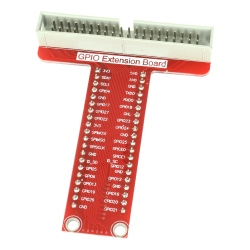
Adaptor GPIO...
Adaptor GPIO pentru Raspberry Pi Compatibil...
$2.40
-
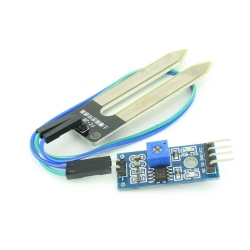
Modul cu...
Senzor ideal pentru măsurarea umidității din sol.
$0.96
-
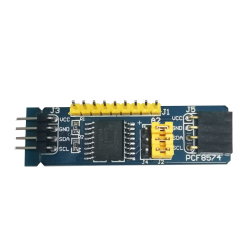
Modul de...
Modul de Expansiune IO PCF8574 potrivit pentru...
$2.11
-
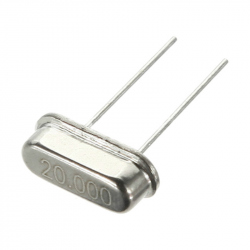
Cristal 20...
Cristal 20 MHz HC49S
$0.88
-
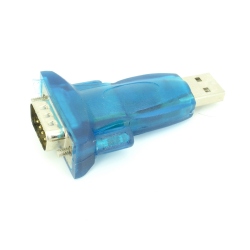
Convertor...
Convertor USB la conexiune de tip RS232.
$2.95
-
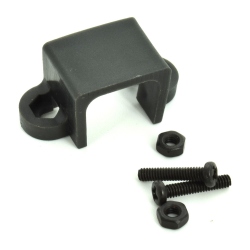
Cornier...
Cornier Negru cu Șuruburi pentru Motoarele N20
$0.36
-
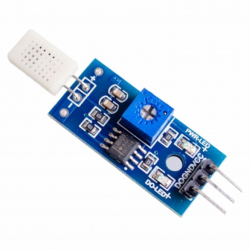
Modul Senzor...
Modul Senzor de Umiditate HR202 util pentru...
$2.40
-
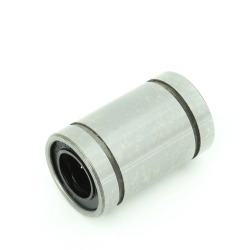
Rulment...
Rulment Liniar LM8UU
$0.97
-
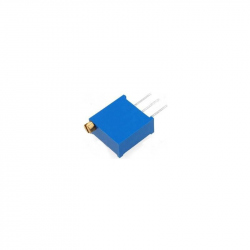
Mini...
Mini Potentiometru 100k
$0.24
-
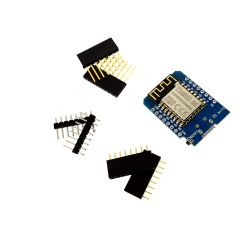
Placă de...
Placă de dezvoltare Plusivo D1 Mini ESP8266...
$4.56








